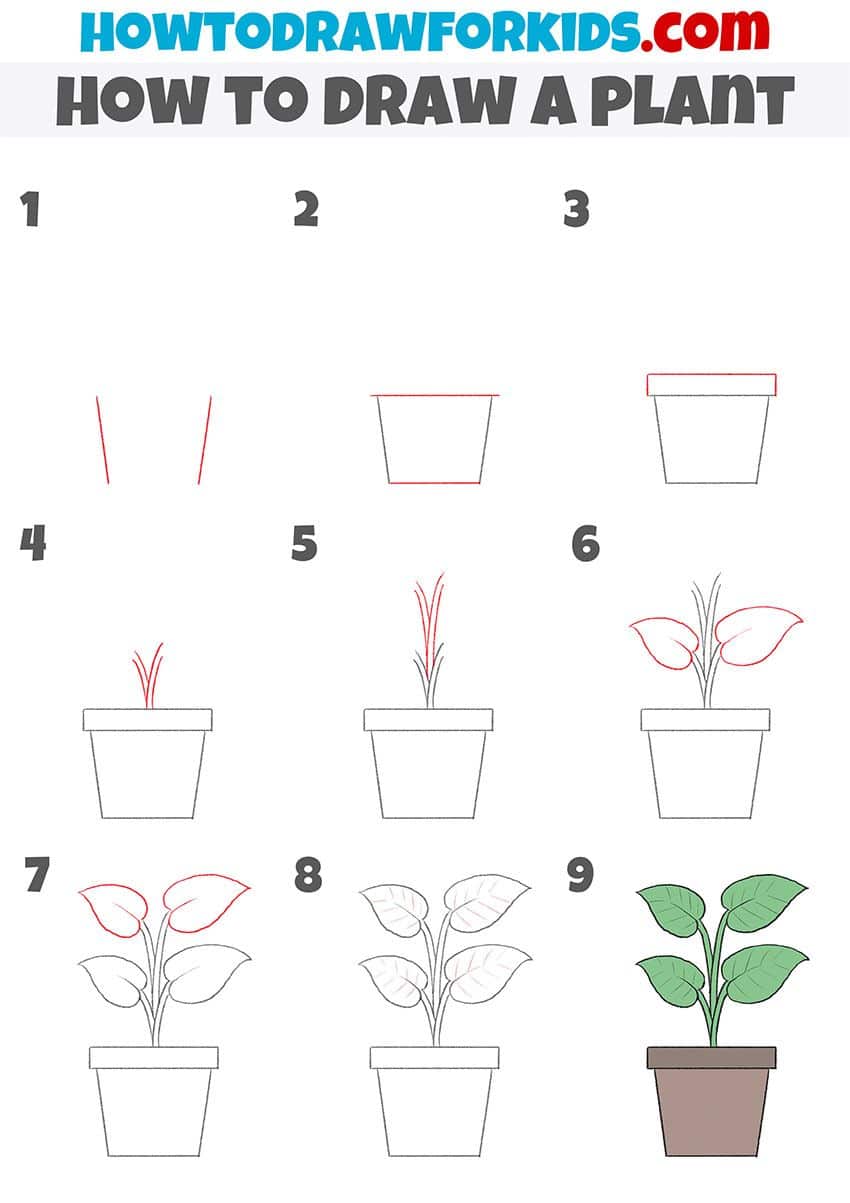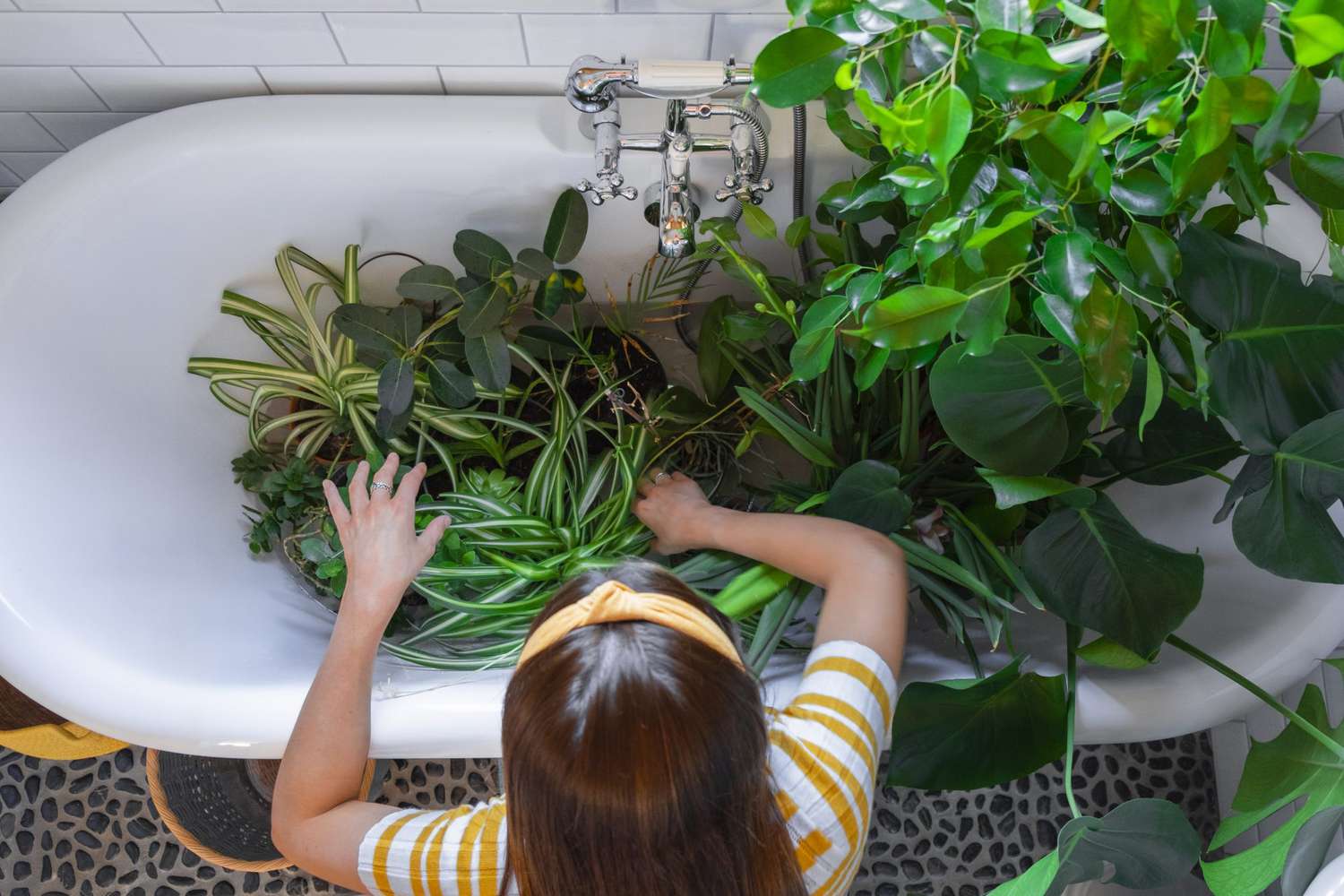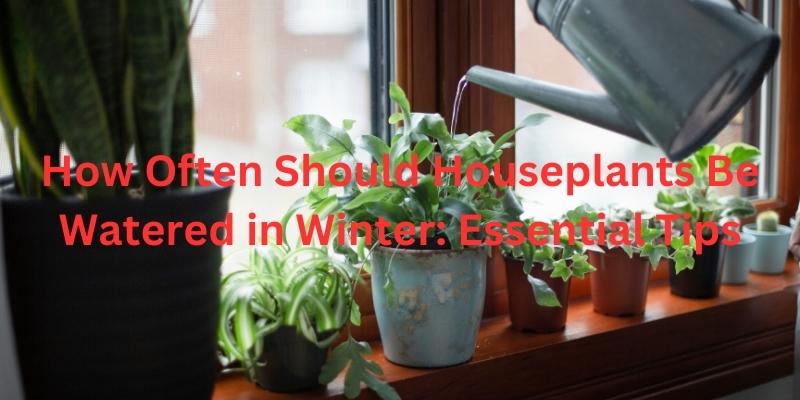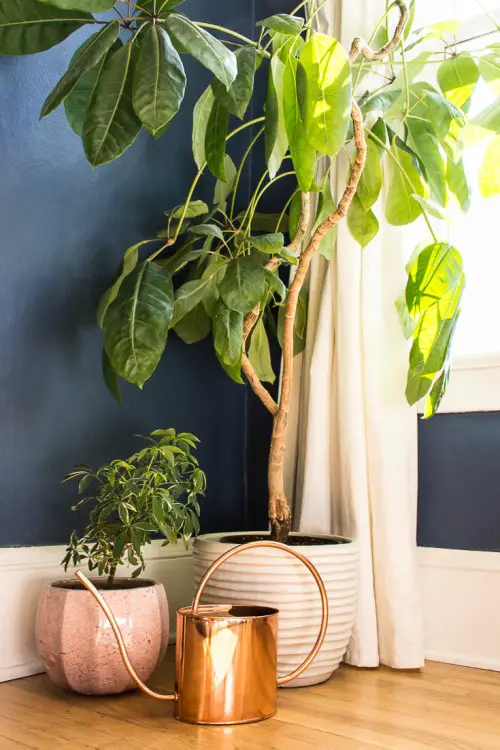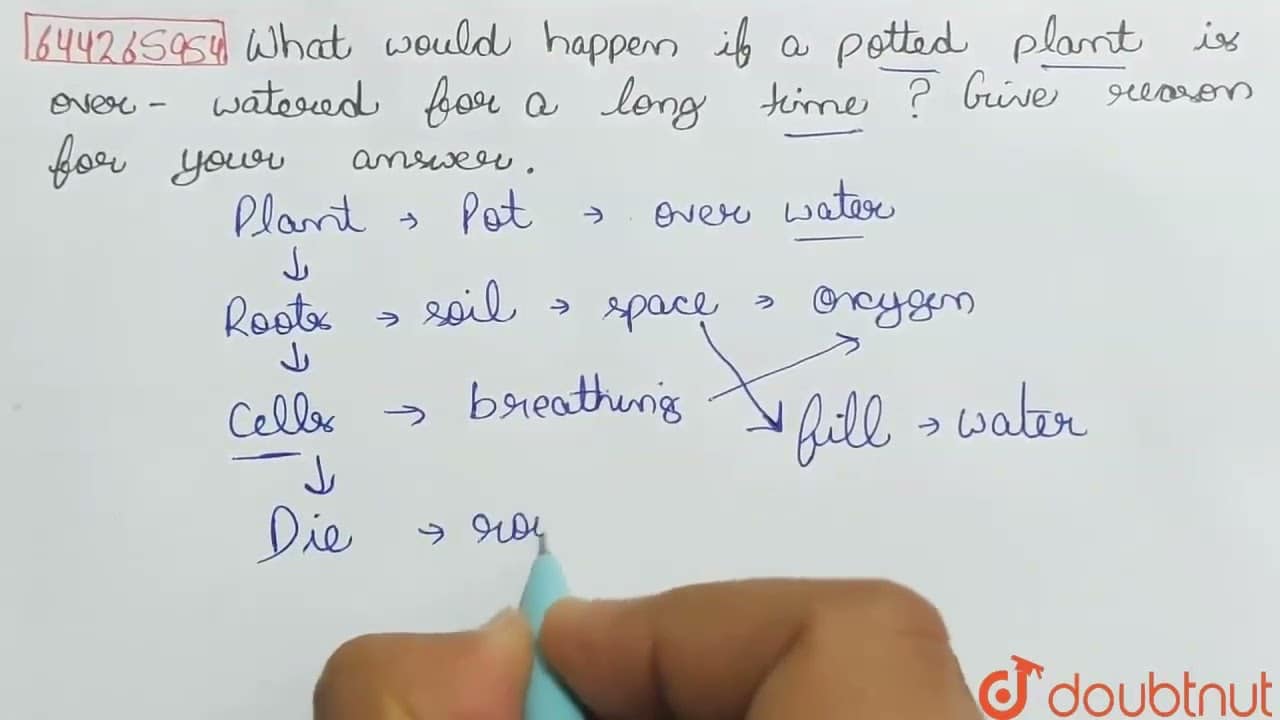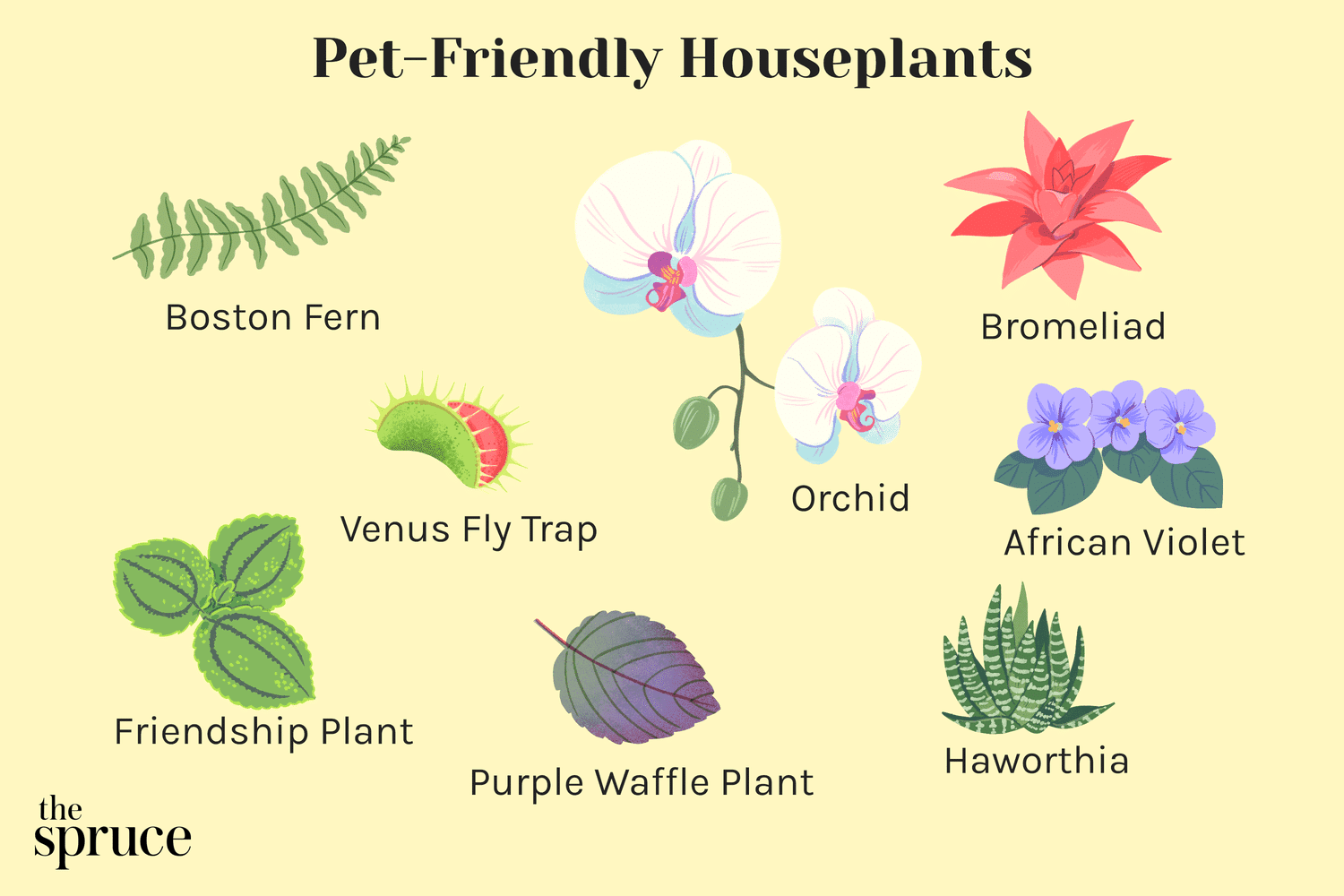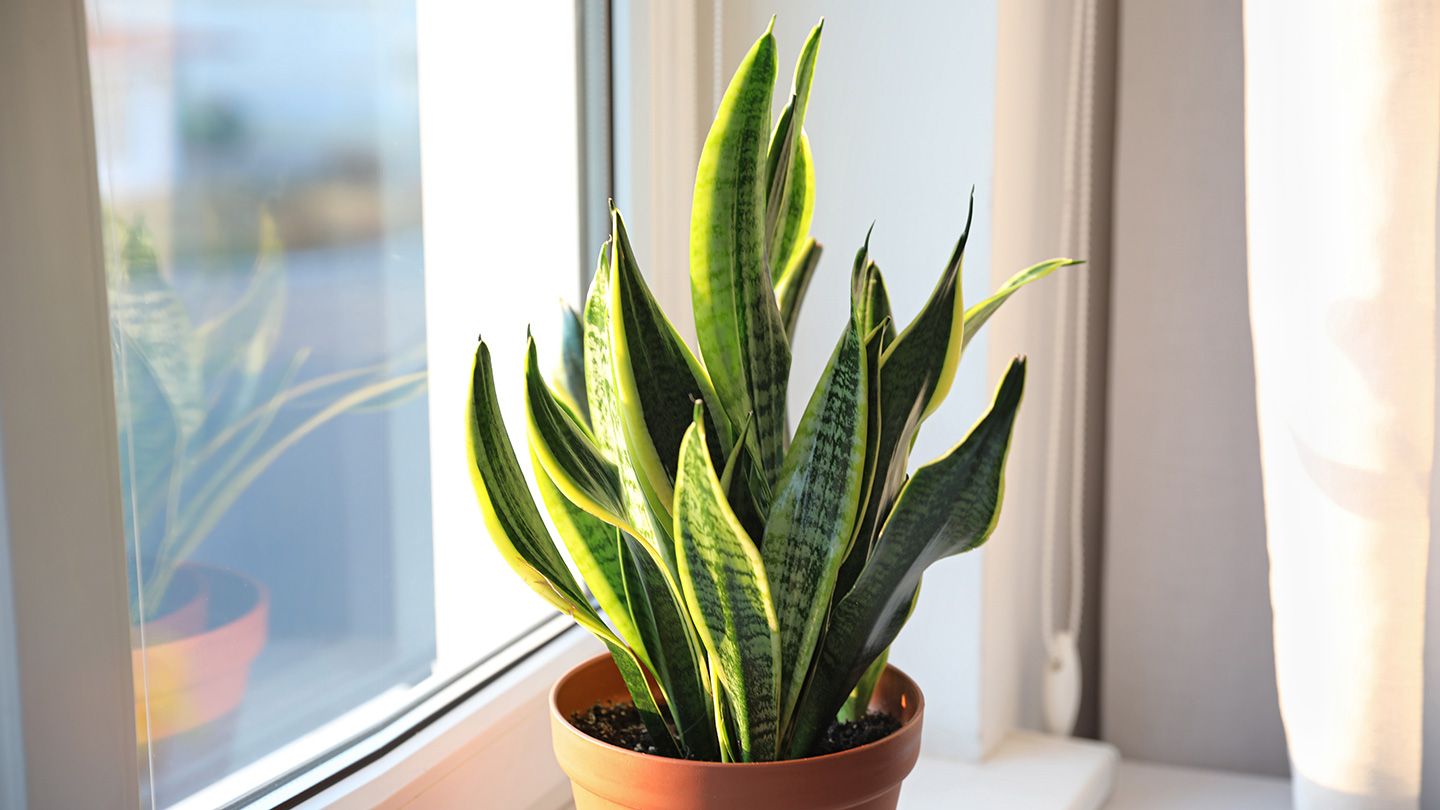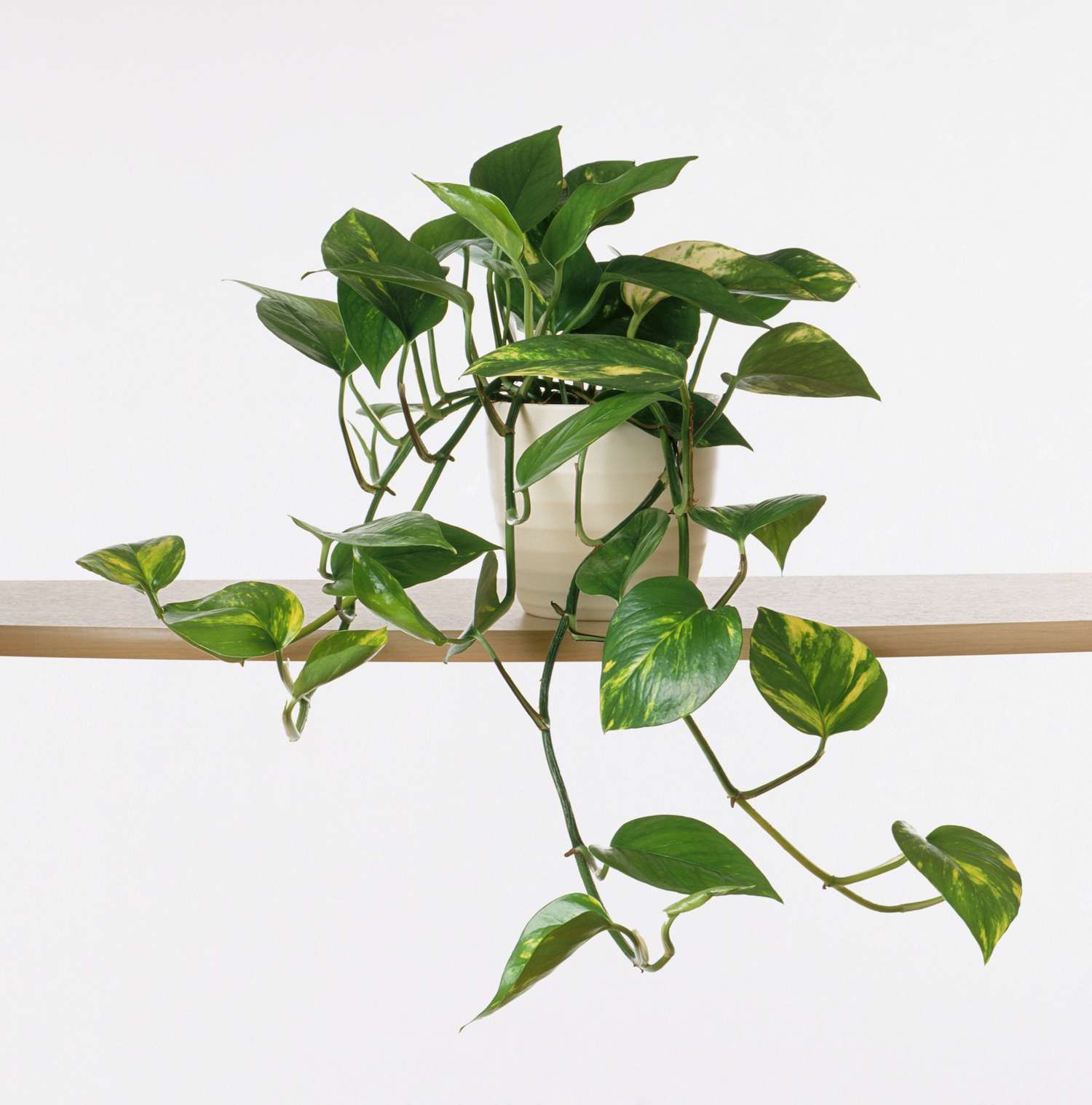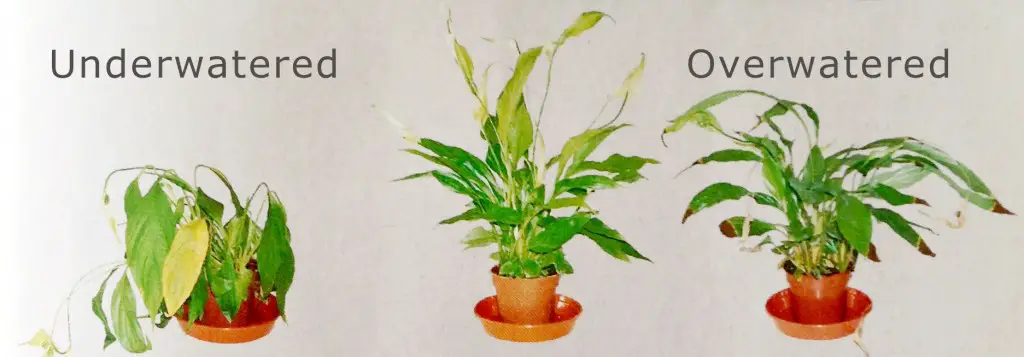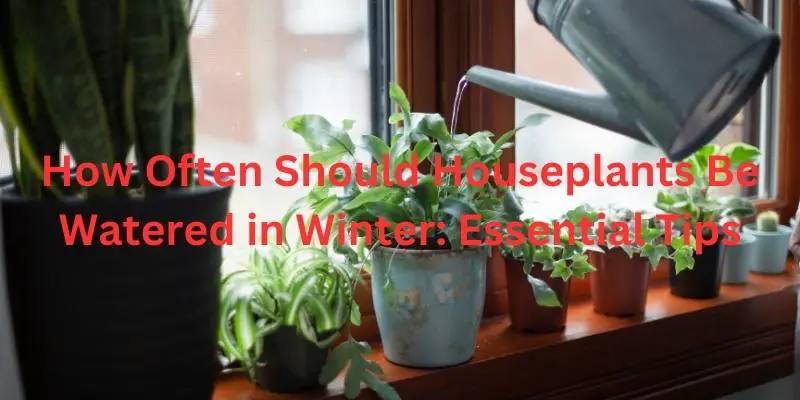Author: Md Saiful Islam
-
How to Draw a House Plant Step by Step: Easy Guide for Beginners
To draw a house plant, start with a simple pot shape. Then, sketch the plant’s stems and leaves. Drawing a house plant can be an enjoyable and relaxing activity. It allows you to practice your artistic skills while creating something beautiful. Begin by choosing a type of house plant you like. You can opt for…
Categories: House Plants -
Should You Water House Plants from the Bottom?: Expert Tips
Yes, you should water house plants from the bottom. This method ensures even moisture distribution and promotes healthier root growth. Bottom watering involves placing the plant pot in a shallow tray of water, allowing the soil to absorb moisture through drainage holes. This technique prevents overwatering and reduces the risk of fungal diseases. It encourages…
Categories: House Plants -
How Often Do House Plants Need to Be Watered: Essential Guide
House plants typically need to be watered every 1-2 weeks. Watering frequency depends on the plant type and environmental conditions. House plants bring life and beauty to indoor spaces, but they require proper care to thrive. One crucial aspect of plant care is watering. The frequency of watering can vary based on several factors, including…
Categories: House Plants -
How to Tell If an Indoor Plant Needs Water: Expert Tips
Check the soil moisture by inserting your finger about an inch deep. If the soil feels dry, the plant needs water. Properly watering indoor plants is crucial for their health and growth. Overwatering or underwatering can harm plants and stunt their development. Knowing the right time to water ensures they receive the right amount of…
Categories: House Plants -
What Will Happen If a Potted Plant is Overwatered: Top Risks Revealed
Overwatering a potted plant can lead to root rot and hinder its growth. The plant may eventually die if not corrected. Overwatering is a common mistake that many plant enthusiasts make. It occurs when plants receive more water than they can absorb. This leads to waterlogged soil, depriving roots of essential oxygen. Healthy roots are…
Categories: House Plants -
What House Plant is Not Toxic to Cats: Safe Green Choices
The Spider Plant is a house plant that is not toxic to cats. It is safe and easy to maintain. Many cat owners worry about the safety of their pets around house plants. The Spider Plant offers a perfect solution. It is non-toxic to cats and poses no health risks. This plant also adds a…
Categories: House Plants -
Is It Good to Keep Plants in the House: Benefits & Tips
Yes, keeping plants in the house is good. They improve air quality and enhance mental well-being. Indoor plants bring numerous benefits to your living space. They purify the air by absorbing toxins and releasing oxygen. This can lead to better respiratory health. Plants also add a touch of nature indoors, creating a calming and inviting…
Categories: House Plants -
What Kind of House Plant Doesn’t Need Sunlight: Top 7 Choices
The ZZ plant doesn’t need sunlight. It thrives in low light conditions and is very low-maintenance. Houseplants that don’t need sunlight are perfect for dark corners or rooms with limited natural light. These plants are ideal for beginners and busy people, as they require minimal care. They bring life to spaces where other plants might…
Categories: House Plants -
What to Do If You Over Water a House Plant: Quick Rescue Tips
Remove the plant from its pot and let the soil dry out. Trim any damaged roots and repot with fresh soil. Overwatering is a common issue for house plant enthusiasts. Excess water can lead to root rot, which harms the plant. Symptoms include yellowing leaves, wilting, and a soggy soil surface. Properly addressing overwatering involves…
Categories: House Plants -
How Often Should Houseplants Be Watered in Winter: Essential Tips
Houseplants should generally be watered less frequently in winter, about every two to four weeks. Always check the soil’s moisture before watering. Watering houseplants in winter can be tricky. They require less water due to reduced light and slower growth. Overwatering can lead to root rot and other issues. It’s crucial to monitor the soil’s…
Categories: House Plants

